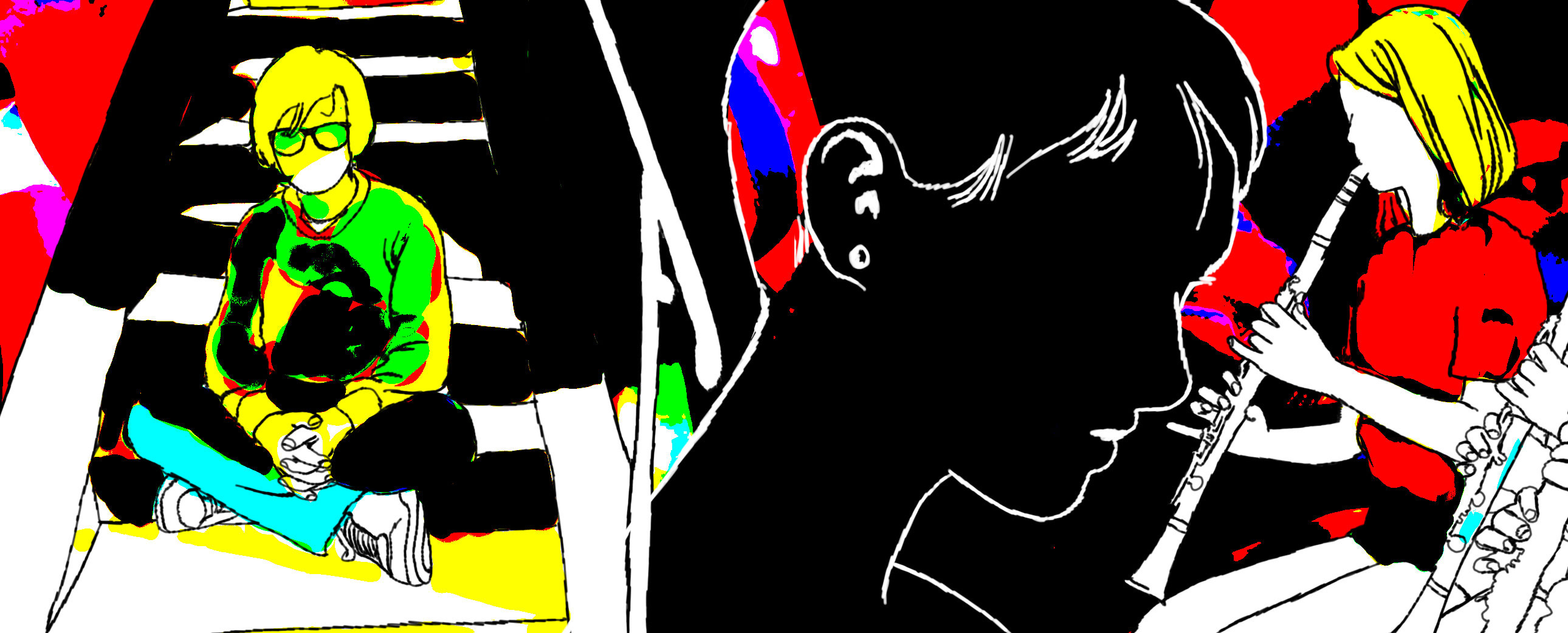My Unhealthy Obsession with My Dead Middle School Crush
We barely knew each other as kids, but years later I was still so fixated about his death that I got a tattoo of his name. At 30, I decided it was finally time to figure out why.
Editor’s note: This article contains a description of someone who died by suicide
One overcast June day during the summer I turned 30, I borrowed my mother’s car and drove to the childhood home of my middle school crush. I no longer remembered the street names, but I knew instinctively how to get there, like feeling for my ankle in the dark. He’d lived on a cul-de-sac three streets removed from the main drag, in a part of town I’d call quiet — though the town itself was decidedly quiet, nestled in the woodsy hills of southern Connecticut.
Little had changed in the decade I’d spent elsewhere. I passed the same novelty mailboxes: a cow, a barn, one carefully modeled to mimic the house behind it. When I arrived, I parked across the street, tires tilted on someone’s neatly trimmed lawn. The house looked the way I remembered it: a New England ranch with a triangle of stained glass above the front door. I looked down and wondered if I’d chosen the right shirt for t…
Keep reading with a 7-day free trial
Subscribe to Narratively to keep reading this post and get 7 days of free access to the full post archives.




